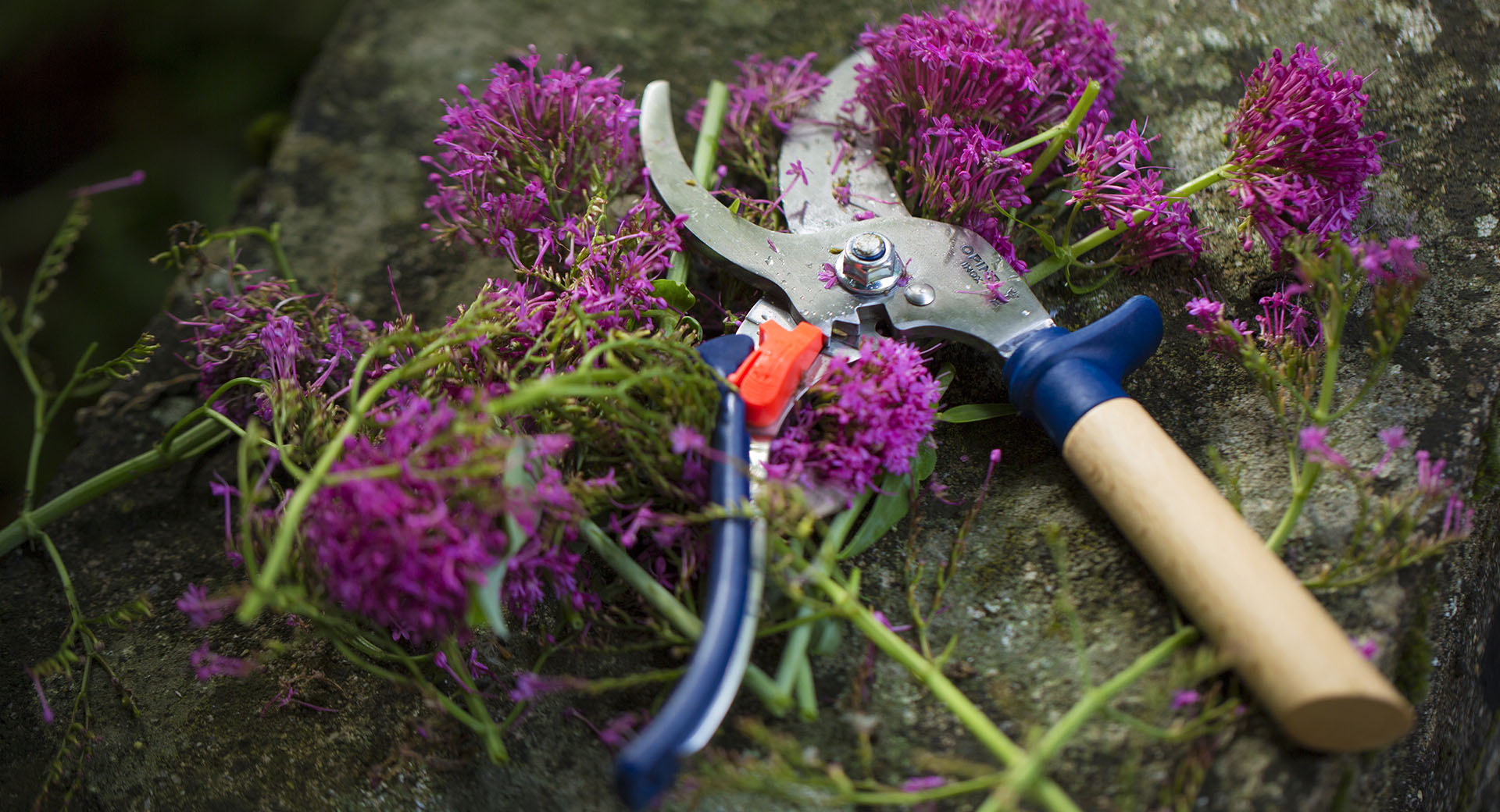Your cart is empty
Are you sure you want to perform this action?
Free delivery from 69€* read more
Your cart is empty
Multifunction
Limited editions
By use
Barbecue Set
Three utensils made in France using environmentally friendly materials: the No. 12 B knife with a bottle opener, the Spatula +, which attaches to the handle of the knife, and XL Tongs.
Pocket knives
Pop 80 Les Essentiels Set
Colourful handles and four small blades that are kitchen essentials: the paring knife, serrated knife, vegetable knife and peeler.
Pocket knives
By product type
Facette Mixed Set
Knives that combine comfort, efficacy and aesthetics, with four different handles: ash, dark ash, olive and VittEr® eco-material.
By product type
Pocket knives
Pocket knives
Le Petit Chef Green Set
A small chef's knife, a peeler and a finger guard: the essentials for passing on the love of cooking to children.
By product type
Scabbard
The made in France case to carry the No. 06, No. 07 and No. 08 pocket knives, as well as Effilé folding knives 8 and 10.
Need help

If you think everything blooms in March, you can think again! This is the perfect time to prune trees, shrubs, box, roses, etc.
Pruning removes the dead branches that can harm a plant, balances out its shape to encourage regrowth, makes your garden more attractive and stimulates summer flowering.
To prune trees successfully, you need a pair of pruners. These need to be used properly: the bypass should be on the side of the branch that needs cutting, while the blade should be on the side that's staying in place.
Another important pruning tool is a garden saw. This will cut off branches that are too long and a little thicker. First, make a cut on the bottom of the branch just above where it joins the trunk. Then, higher, make another cut down from the top of the branch. The branch will come off.
Spring's job is to come in after winter and clean up any damage that has been done.
First, remove any withered flowers, damaged leaves or dry stems using pruners or a pruning knife.
You can also hoe the soil between plants to aerate it and dig over your flowerbeds to give new plants an opportunity to get established.
A good way to give your soil a new lease of life is to use fertiliser.
Once the soil can breathe again, sow a few vegetable seeds: lettuce, beetroot, radish, etc.
Note that you don't need to remove every bit of a plant that has caught the frost. Some may come back to life and flower weeks later.

Lawns tend to take up most of the space in gardens. They need to be looked after carefully.
You may have moss in your lawn. If so, remove it and any weeds that have appeared: dandelions, bindweed, etc. Use a garden knife or weed puller to do this.
It's also important to cut long grass and mow the lawn at least once a week. You can use pruners to tidy up the edges and areas you can't get into with your mower.
Small animals like moles often set up home in gardens and make holes all over lawns. To combat this, you need a grass seed repair product and some compost. Simply water everything and keep it cool.
Plants often suffer a range of diseases, especially ones caused by parasites, bacteria, fungus, etc. so need protecting.
When spring first arrives, you can combat disease using preventative treatments. There are various options available for different seasons.
Next, remember to clear cuttings that have fallen to the ground: these can attract parasites, which can cause disease. You could burn them, for example.
It's also important to protect your trees, shrubs and other plants from pruning wounds. Different diseases can get in via these cuts. We suggest you use sealer and cut paste on wounds.
Finally, don't forget to disinfect your tools after use to avoid contaminating plants with bacteria, etc.

You can now put these tips into practice and make your garden more beautiful than ever before!
Are you sure you want to perform this action?
Hello,
We think you are in North America.
Get the best experience and visit opinel-usa.com
Hello,
We think you are in Australia.
Get the best experience and visit opinel.com.au
Hello,
We think you are in Japan.
Get the best experience and visit opinel.jp
Hello,
We think you are in New Zealand.
Get the best experience and visit opinel.co.nz
Hello,
We think you are in Singapore.
Get the best experience and visit opinel.sg
Treat your loved ones or yourself to a unique and original personalised knife. You can engrave a first name, a date or any other message on one line of text, up to a limit of 20 characters.
The engraving service is offered from one unit, starting at €6.
If you would like to order more than a hundred units for a wedding, an association or business gifts: request a quote.
Differences in the colour of the engraving on the handle may appear depending on the grain of the wood. In accordance with Article L-121-20-2 No. 3 of the Consumer Code, engraved items can neither be returned nor exchanged. The guarantee on manufacturing defects remains the same.
Engraving examples








Need some help for your engraving ?
Contact us by phone (+33 4 58 25 01 16) or using the form on our contact page
